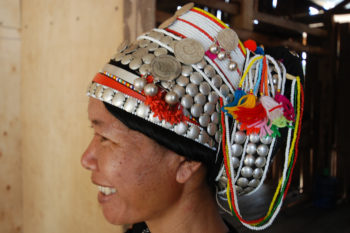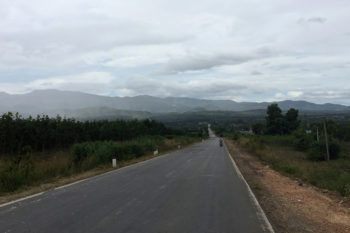KON TUM, Vietnam— “Take a photo of this,” Huynh said as we sat in a simple wooden Mnam longhouse. “In 20 years, this way of life will be gone. Modern life is a tsunami.”
Vietnam has staggering diversity. The country has 53 ethnic minority groups, each with their own individual language, culture and way of life. Many of them can be found in the Central Highlands, where foreigner travel and access to minority villages has been tightly controlled ever since the early 2000s, when protests in the region over indigenous rights were suppressed through a government crackdown. For travellers, access to authentic experiences is a challenge since permission must be granted by local authorities to visit villages. But on the other hand, the region has been protected from the effects of mass tourism and doing a tour can be doubly rewarding in Kon Tum, which feels more accessible and relaxed when it comes to visiting ethnic villages compared to Pleiku and Buon Ma Thuot. This is no doubt due to the presence of a great operator, Highland Eco Tours, lead by Mr Huynh.
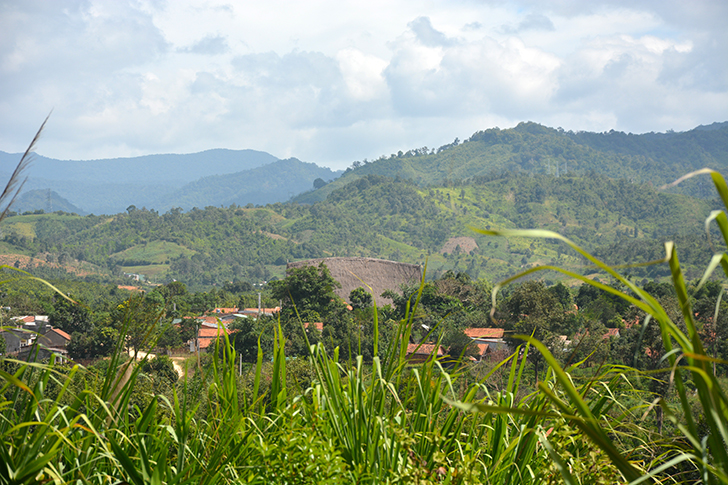
It’s easy to see why Mr Huynh is both a stellar guide and a most welcome guest in the villages, be it a Jarai village, Bahnar or Sedang. Humorous, charismatic and poetic, it also helps that he can speak several of the minority languages in addition to English and French. He also has a staff of excellent guides and if you want an overnight trek to remote villages, you’ll be paired with one who can speak the ethnic group’s language.

Kon Tum province has eight minority groups, from the largest, Sedang (80,000), to the Ro Mam, with only 200 people remaining. Dwindling numbers, pressure from the outside world and encroaching globalisation – it is only a matter of time before the cultures and languages disappear.
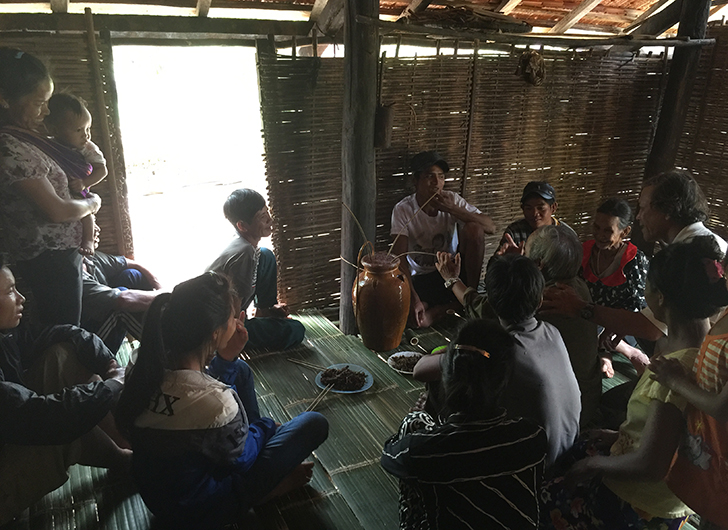
There’s no set formula for village visits. Life here is still wonderfully untouched by tourism and Huynh is there to explain the nuances of the people, from the way they celebrate birth to the intriguing way they bury the dead. If you’re lucky, there will be something happening. An abundance of festivities, weddings, ceremonies and blessings take place just after the harvest (October) and through the rest of dry season (October to April) as people are celebrating the crop and now have money and time away from the fields. Some days will be quiet, with everyone busy in the forest or the farms. We learned firsthand that it really depends on serendipity.
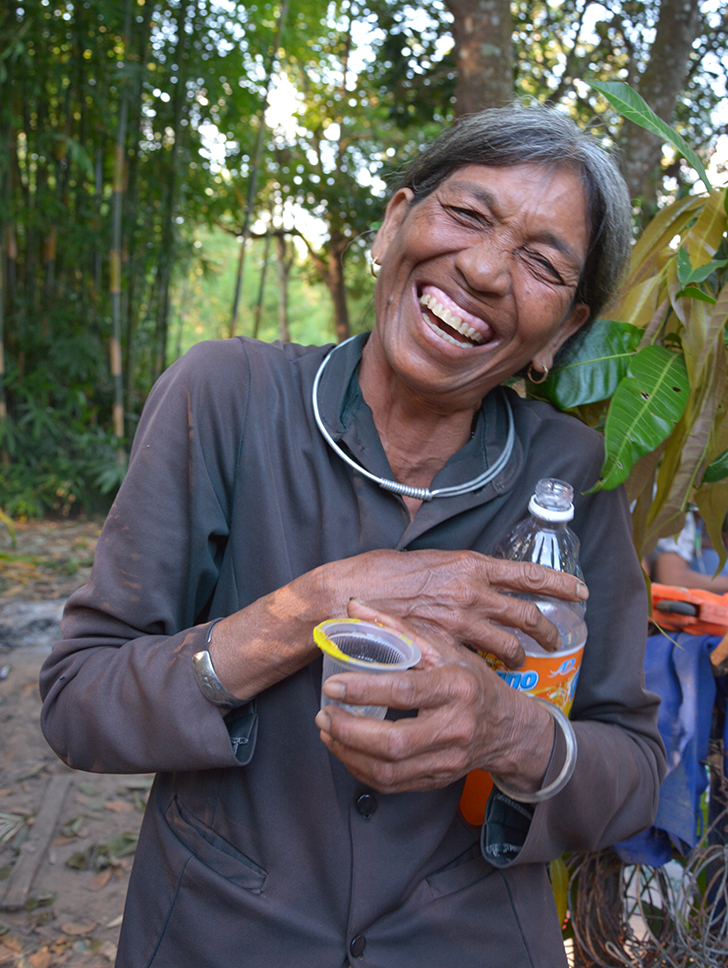
There are 242,000 Jarai in Vietnam. As we rode through the countryside west of Kon Tum, we encountered two of them on the road. The women flagged Mr Huynh down and invited us to a wedding in the neighbouring village. Forget about tossing a flower bouquet and cutting the cake. Wedding rituals in Jarai culture include making your way through a row of 12 jars of homemade wine and sharing a shot of firewater with every guest, several times. Our memories get a bit hazy after this point. What we are sure of is we were then invited to a party in a neighbouring village, the anniversary of a death – which is a celebration of the person’s life, rather than grief or mourning. From that raucous party, we were then invited to someone else’s house in another village…
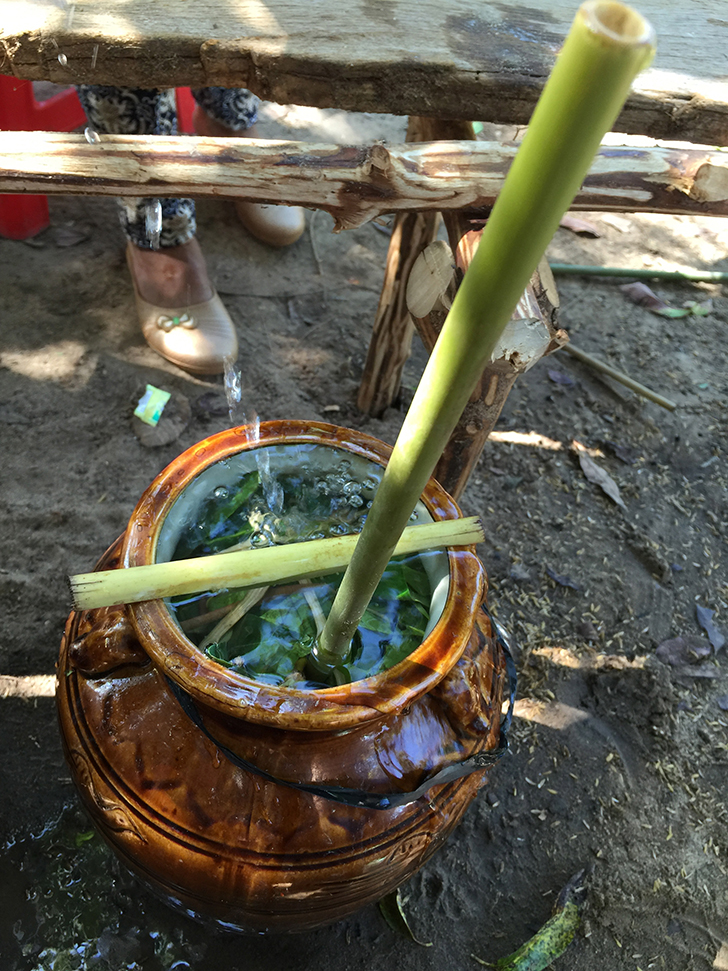
Alcohol is an essential part of many minority cultures. In the region it’s homemade in clay jars from ingredients such as rice or millet, and drunk through long straws. The ritual of drinking wine from the jar is highly symbolic and being offered a sip from a fresh jar is an enormous gesture of hospitality by the host — taking turns taking a sip is a sure way to cement a friendship. The same goes with the stronger rice whiskey. As a foreign visitor, offering a glass to everyone, one at a time, is a way to be accepted and win people over. So even if you don’t like drinking, it’s a good idea to graciously accept and try to stomach a few rounds. You’ll find people instantly warming up to you. But a word of advice: Don’t try to keep up with them. You will lose.
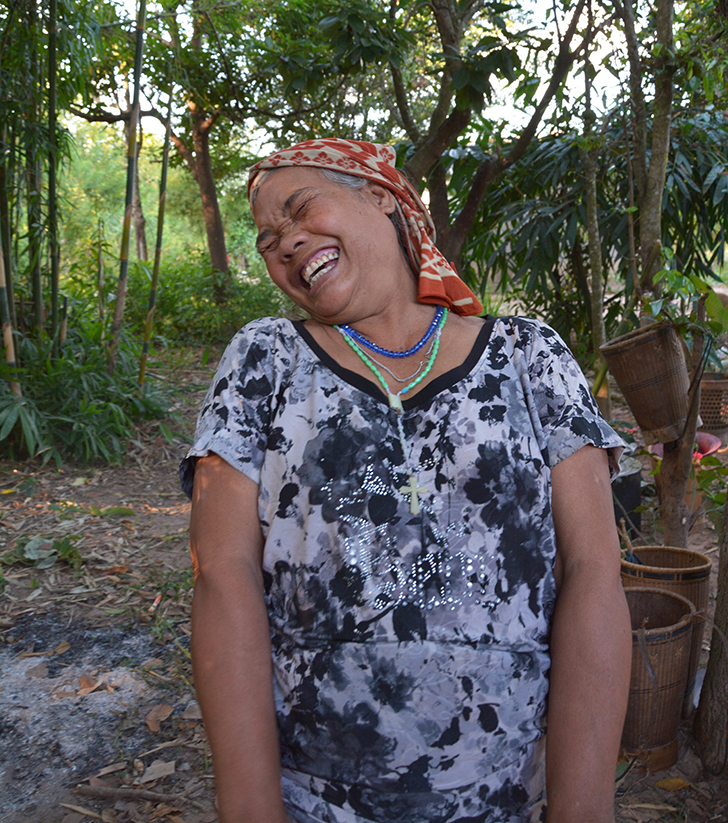
Tour prices work on a sliding scale, the cost per person depending on the number people. Highland Eco Tours’ one-day motorbike tour to Jarai villages is US$35 per person. Venturing further afield to visit other groups such as the Jolong, Sedang and Mnam costs around US$45 per person. Trips are flexible and customisable — we requested off-the-beaten-track and that’s what we got it. Staying overnight in a village would definitely allow you to be immersed and dive deeper into the culture. The Mnam are especially noteworthy. As a matriarchal society, the women rule the household and work the fields. They are also known to stay at home and have a rip-roaring good time dipping into the wine jars while the men are off in the jungle hunting.
How to visit the ethnic minority villages in Kon Tum
Highland Eco Tours
41 Ho Tung Mau Street
T: (090) 5122 037
huynh.kontum@gmail.com
http://www.vietnamhighlands.net/
Artist Mr An of Evacafe also offers one-day or multi-day tours to minority villages. Contact him at T: (060) 3863 944 evacoffee@ymail.com or visit Evacafe at 05 Phan Chu Trinh Street.
This article was written was originally written for and published on Travelfish. Learn more about the Jarai’s interesting approach towards death and the abandoning ceremony in my Travelfish article here.
